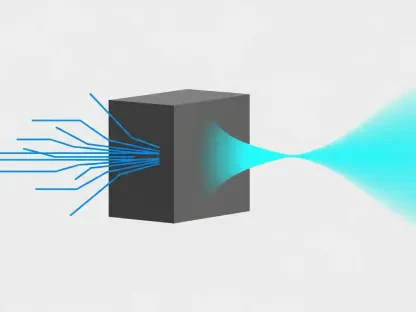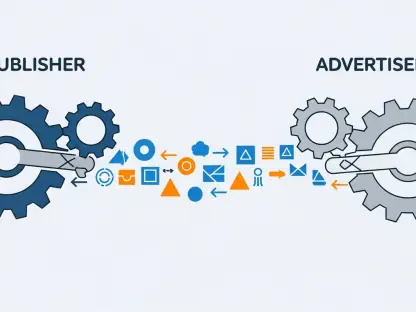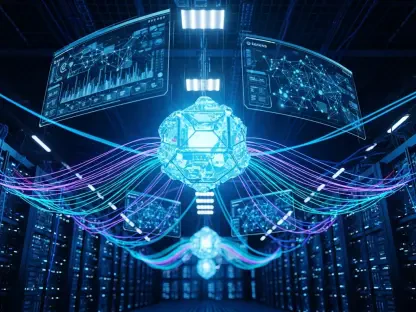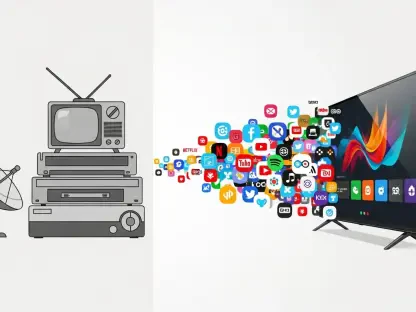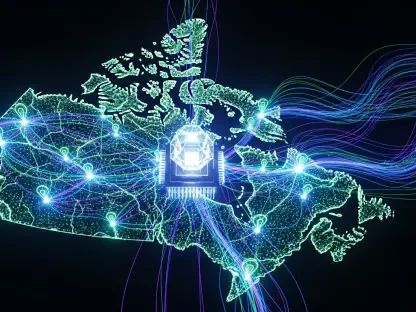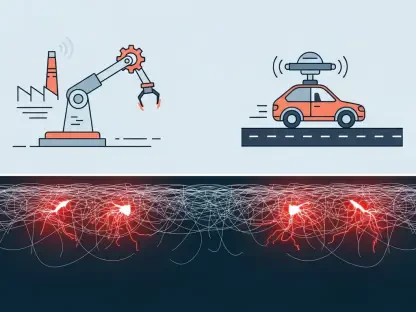The rapid advancement of ambient Internet of Things (IoT) devices is paving the way for a profound shift in energy management, with projections that by 2030 these devices will exceed 1.1 billion units. The convergence of ambient IoT technologies with energy-harvesting methods—spanning photovoltaic cells, RF signals, mechanical vibrations, and thermoelectric solutions—is set to redefine both the capabilities and sustainability of connected devices across various industries.
Context of Energy Harvesting in IoT Technology
The energy landscape within IoT technology is undergoing a significant transformation. As IoT devices proliferate, the reliance on traditional battery power presents sustainability challenges and cost inefficiencies. The primary purpose of this analysis is to evaluate the impact of energy harvesting on IoT advancements, pinpointing its pivotal role in achieving a sustainable and economically viable future for IoT systems. Current trends underline the reduction of dependency on batteries and the integration of diversified energy sources that promise ecological and economic benefits.
Detailed Examination of Market Trends
The shift toward diversified energy sources for IoT devices is noteworthy. Forecasts indicate that by 2030, the majority of IoT systems will adopt innovative energy-harvesting technologies, with 57% utilizing photovoltaic cells and approximately 36% leveraging ambient RF signals. Smaller portions of 4% and 3% will harness energy from piezoelectric and thermoelectric sources, respectively. This varied energy utilization illustrates the move toward sustainability, offering battery-free or hybrid operating models that significantly reduce the environmental impact associated with battery waste.
Equally crucial is the role of strategic alliances, such as the Ambient IoT Alliance formed by industry leaders like Qualcomm and Intel. These partnerships are vital in accelerating the adoption and scalability of energy-harvesting technologies. Such collaborations facilitate the seamless integration of these technologies with existing communication protocols, including Wi-Fi, Bluetooth, and 5G, thereby enhancing the operational efficiencies and sustainability of IoT systems.
Sectoral Analysis and Regional Contributions
The deployment of ambient IoT devices shows notable traction in sectors like logistics, supply chain, and environmental monitoring. Companies like Wiliot have pioneered ambient IoT tags for applications such as real-time monitoring in logistics solutions, as exemplified by their collaboration with the Royal Mail. These innovations underscore the operational advantages and environmental reductions afforded by ambient IoT technologies, although they also pose challenges in terms of standardization and initial infrastructure investment.
Globally, the drive for innovation in energy-harvesting devices is evident. European firms like Dracula Technologies are at the forefront, leveraging organic photovoltaic devices to push boundaries. Simultaneously, the rapid adoption seen in Asian markets continues to spur further advancements and application testing. However, there remain widespread misconceptions about technology readiness and its deployment potential across various fields, presenting ongoing educational needs for industries and consumers alike.
Strategic Insights and Future Considerations
Findings from the market analysis suggest that energy harvesting was set to become the backbone of IoT’s evolution. Developments in printed electronics are poised to revolutionize small-scale applications with smart labels, while favorable regulatory frameworks were anticipated to drive investment into sustainable technologies. The projected increase in ambient IoT deployments points toward a unique era of intelligent, self-sufficient devices harmonizing technological with ecological advancement.
In retrospect, energy harvesting significantly reshaped the IoT landscape. For businesses, adopting these innovations facilitated enhanced operational efficiency and supported ecological efforts. Strategic recommendations for navigating this transition included investing in compatible infrastructure, staying updated on regulatory changes, and leveraging industry collaborations. The growing understanding of ambient IoT technology is essential for proactively adapting to and capitalizing on these advancements in a dynamic, evolving ecosystem.


